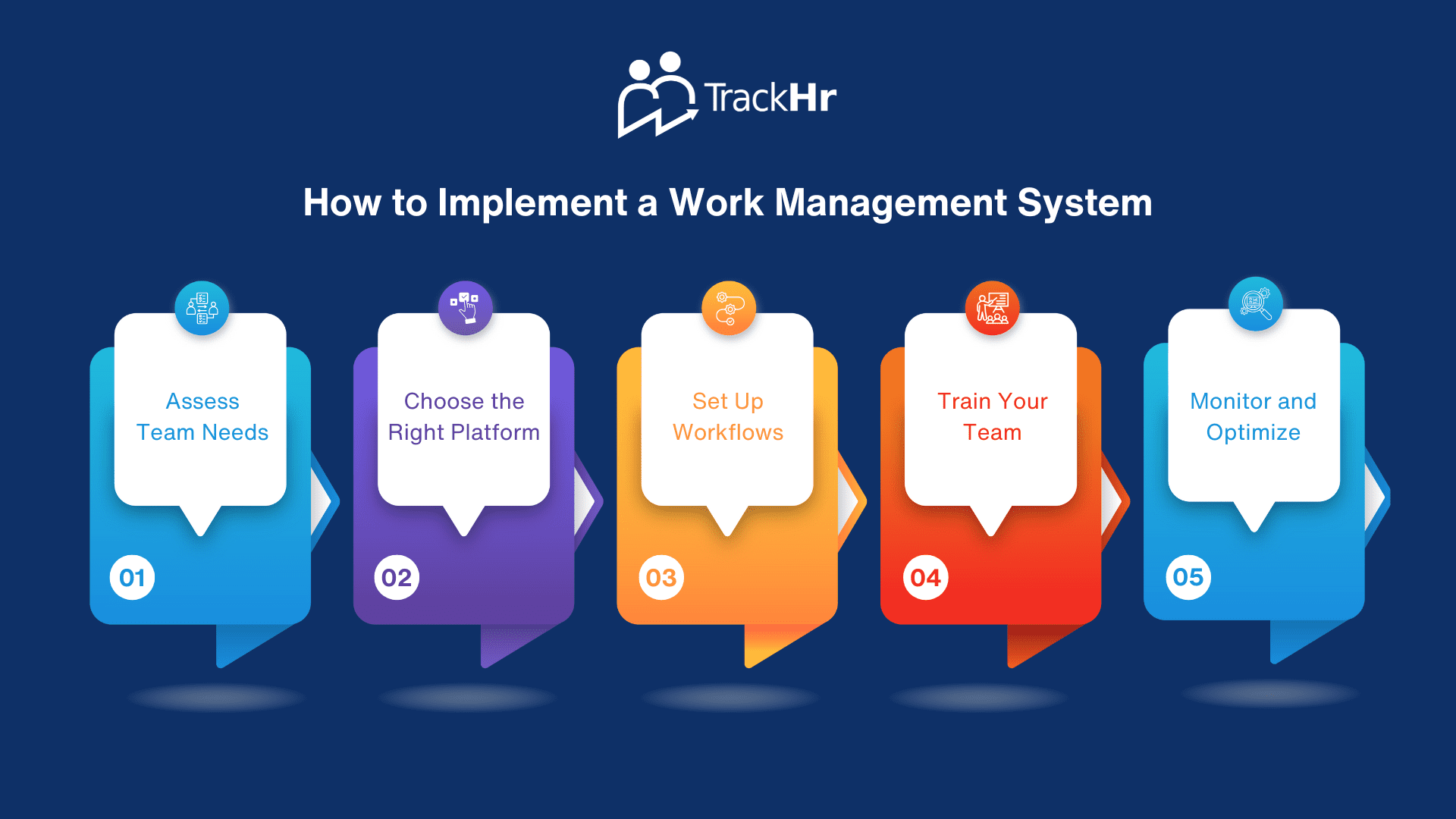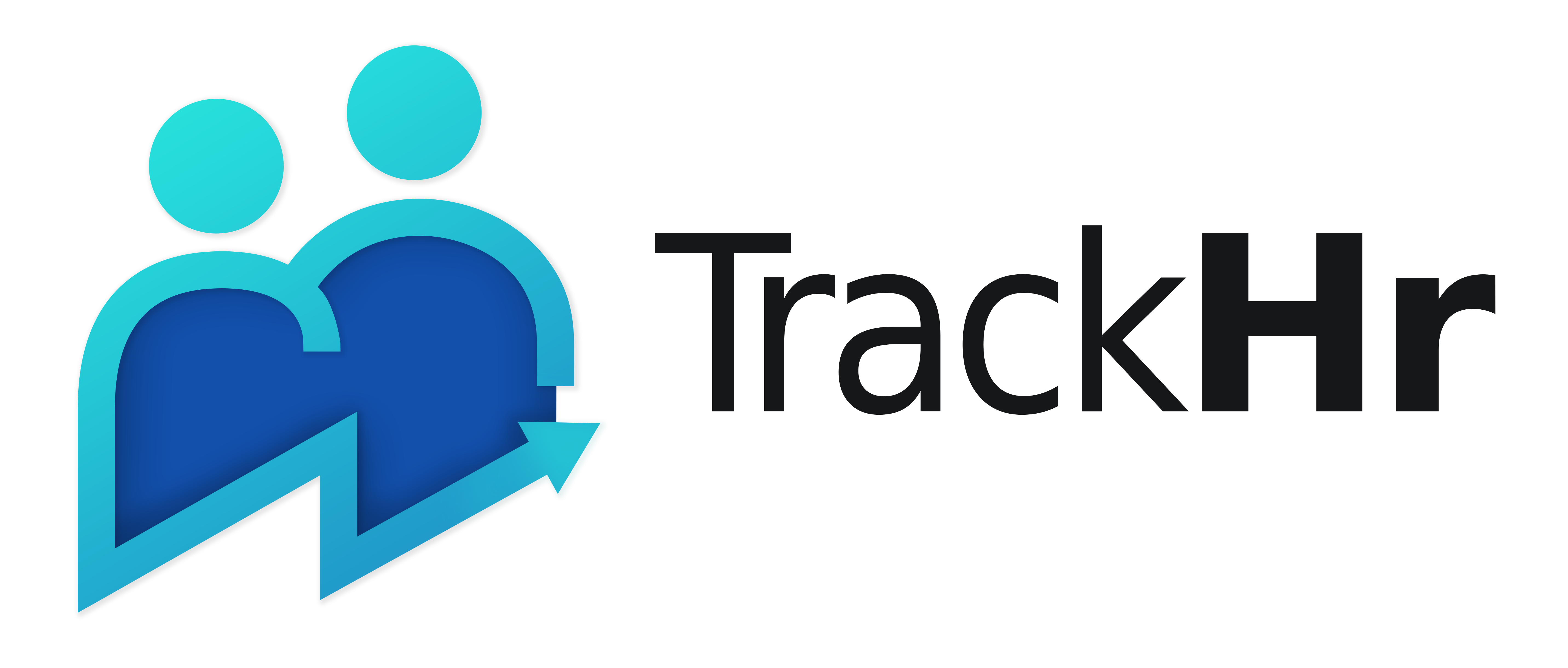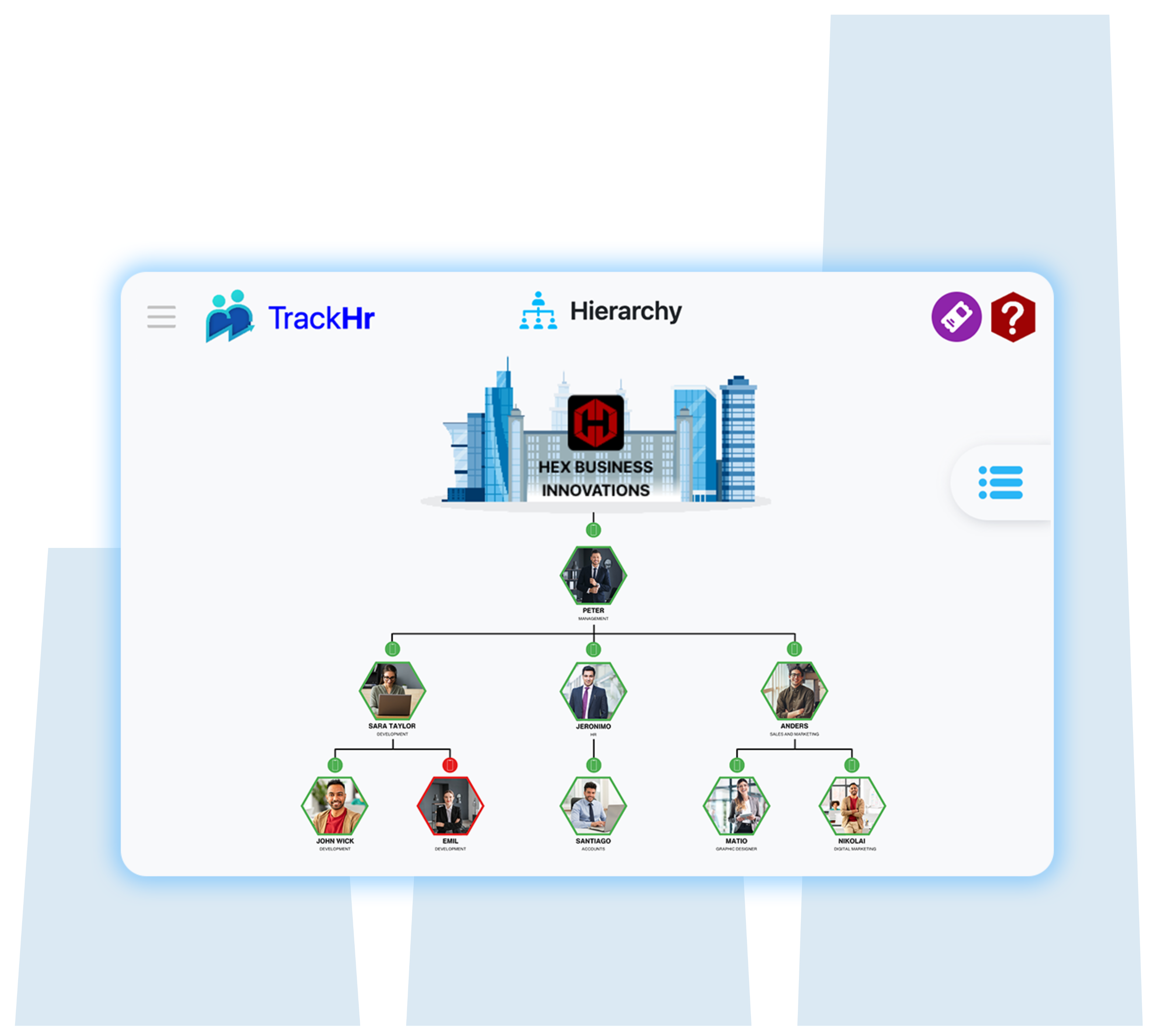Blog
How Work Management Systems Improve Team Efficiency
- May 17, 2025
- 10:37 am

In today’s fast-paced work environment, businesses need more than just hard work to stay competitive—they need smarter workflows. Work management systems play a crucial role in enhancing team productivity by organizing tasks, automating workflows, and promoting seamless collaboration.
This article explores how implementing a work management system can lead to significant improvements in team efficiency and overall business success.
What Are Work Management Systems?
Work management systems are software platforms designed to help teams plan, organize, and track their daily work. These tools integrate task management, communication, document sharing, and progress tracking into one cohesive interface, eliminating chaos and confusion from work processes.
Key Ways Work Management Systems Improve Efficiency
1. Centralized Task Management
Instead of relying on scattered spreadsheets and emails, teams can manage all tasks in one place. This ensures that everyone is aware of:
- What needs to be done
- Who is responsible
- Deadlines and priorities
2. Real-Time Collaboration
Work management tools enable team members to communicate within the platform, reducing the need for endless email chains. Features like:
- Commenting on tasks
- File sharing
- Notifications
keep everyone in sync, even when working remotely.
3. Automation of Routine Tasks
Many systems offer automation features that save time and reduce manual errors. Automations can handle:
- Task assignments
- Deadline reminders
- Status updates
4. Increased Transparency and Accountability
Clear visibility into team workloads and progress fosters accountability. Managers can quickly see:
- Task completion status
- Bottlenecks
- Employee workloads
5. Better Time Management
Time tracking features help employees stay focused and avoid overloading. With performance insights, teams can adjust workloads and set realistic deadlines.
6. Enhanced Project Tracking
Whether it’s a one-off project or an ongoing campaign, work management platforms allow you to:
- Break down projects into manageable steps
- Monitor milestones
- Align deliverables with business goals
Popular Work Management Systems
Some top-rated work management systems that teams rely on include:
- TrackHr – Excellent for managing employee work hours, attendance, and performance
- Trello – Ideal for visual boards and agile workflows
- Monday.com – Offers customizable workflows
- ClickUp – Combines docs, tasks, and goals
How to Implement a Work Management System
Step 1: Assess Team Needs
Identify pain points in your current workflow and list must-have features.
Step 2: Choose the Right Platform
Evaluate different tools based on scalability, integrations, and ease of use.
Step 3: Set Up Workflows
Create standardized processes to promote consistency and reduce errors.
Step 4: Train Your Team
Provide onboarding and training to ensure full adoption.
Step 5: Monitor and Optimize
Regularly analyze system usage and feedback to refine workflows.
Conclusion
Work management systems are a game-changer for improving team efficiency. By centralizing work, enhancing communication, and automating repetitive tasks, these platforms help teams do more with less. Whether you’re managing a small team or scaling a large enterprise, investing in a work management tool can dramatically enhance productivity and collaboration.
Table of Contents
Exhausted from managing performance management manually?






